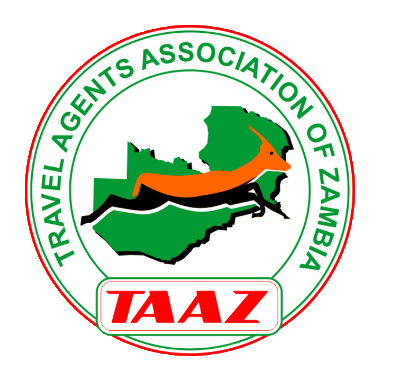Bangweulu Wetlands
Bangweulu derives its name from the local term meaning “Where the Water Meets the Sky,” a fitting portrayal of its expansive 6000km² expanse comprising open water, interconnected swamps, rivers, and seasonally flooded grass plains. Recognized by the Ramsar Convention as one of the globe’s paramount wetlands and designated as an ‘Important Bird Area’ by BirdLife International, Bangweulu is a haven for avian enthusiasts.
With over 400 bird species documented here, it’s the elusive shoebill that often steals the spotlight. Renowned among birding circles worldwide, Bangweulu offers one of Africa’s best chances to witness this peculiar, prehistoric-looking bird. Alongside the shoebill, an array of avian wonders, including the wattled crane, Denham’s bustard, and southern ground hornbill, grace these wetlands.
Unique among the four-legged inhabitants is the endemic black lechwe, with a population exceeding 100,000. These elegant antelopes, akin to the red and Kafue Flats lechwe, thrive in the waterlogged floodplains of Bangweulu. Sharing this diverse habitat are tsessebe, reedbuck, oribi, and the elusive sitatunga. Larger denizens such as elephant, buffalo, zebra, hippo, and crocodiles roam these lands, with spotted hyenas and jackals occasionally spotted or heard.
From May to August, Bangweulu promises almost guaranteed shoebill sightings, often encountered during tranquil canoe excursions. Though shoebills may be less visible from September to November, this period marks prime birding season, complemented by the majestic presence of game animals, offering a fulfilling wildlife experience.




